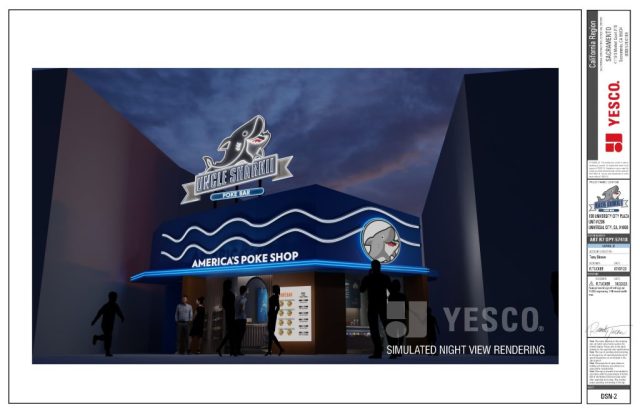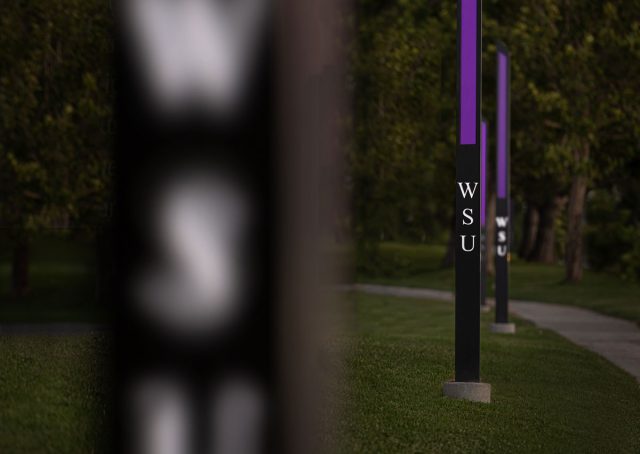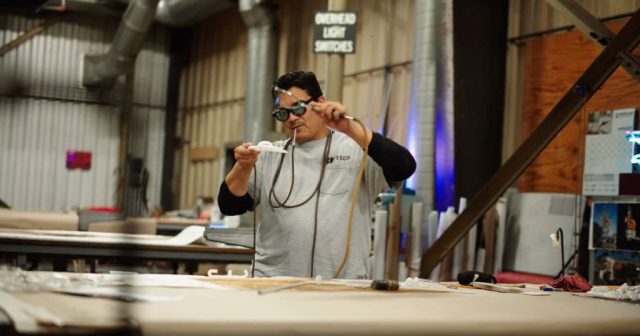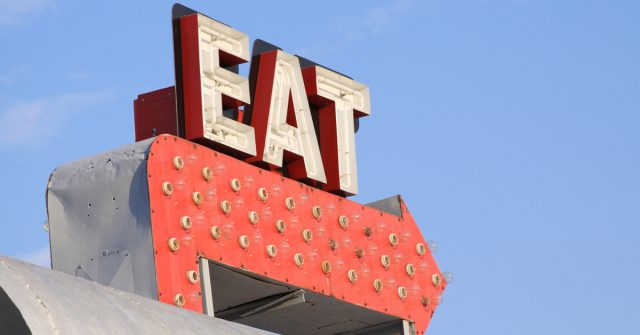Uncle Sharkii & YESCO = Win Win
Uncle Sharkii, a growing Poke Bar concept with locations in Hawaii, California, Texas, and Utah engaged YESCO account executive Tony Shreve to provide signage for its new location at Universal Studios CityWalk. In addition to YESCO’s design, fabrication and installation services, the customer was thrilled with our in-house finance option delivered by YESCO Financial Solutions. The customer...





